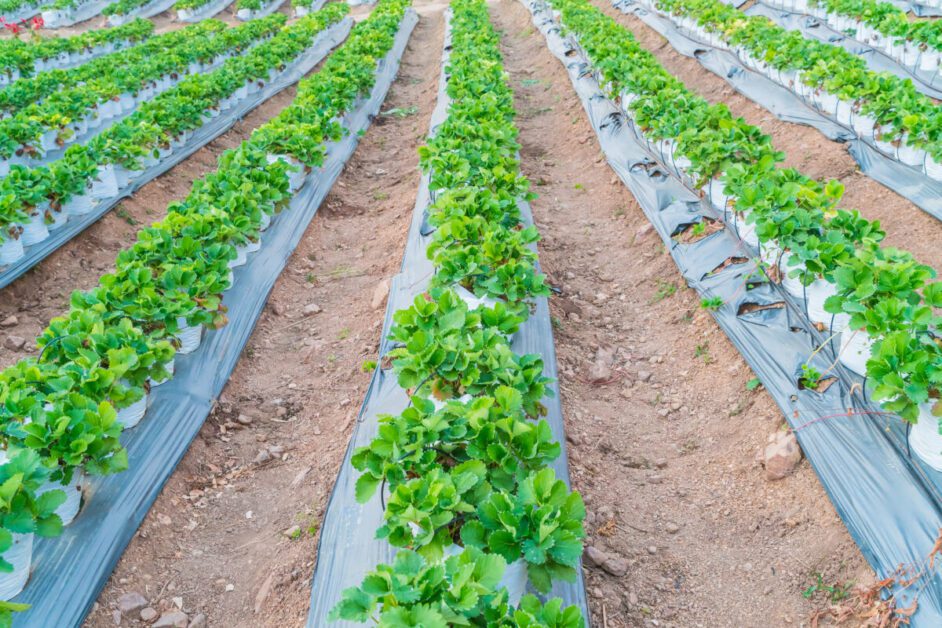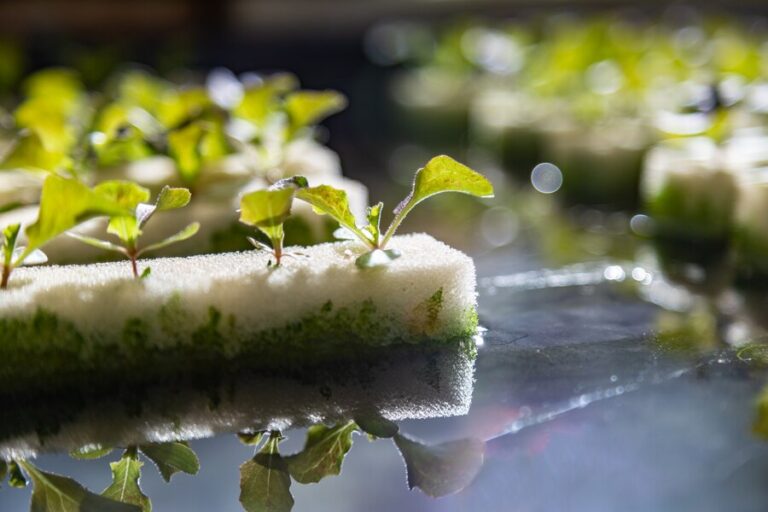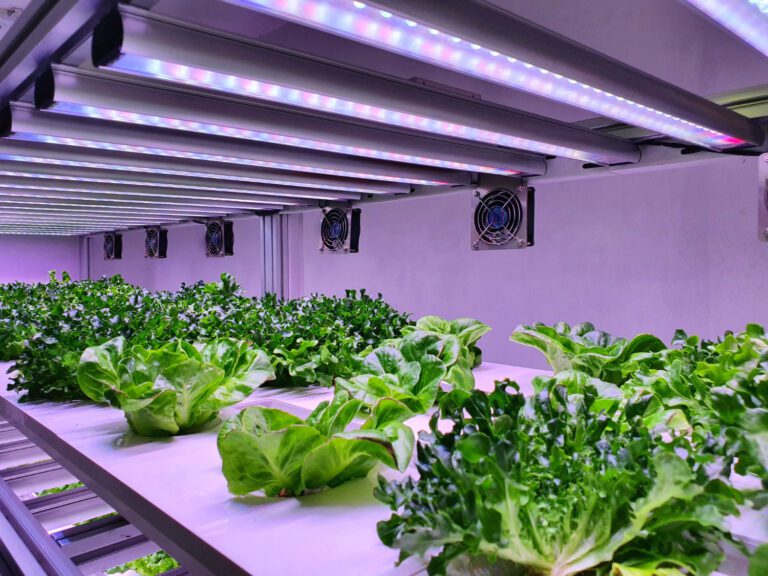How to Grow Hydroponic Plants Vertically in the Desert: A Challenge Accepted
Table of Contents
Monitoring and Adjusting pH Levels in a Vertical Hydroponic System in Arid Environments
Maintaining optimal pH levels in a vertical hydroponic system in arid environments is crucial for the successful growth of plants. The pH, or acidity or alkalinity, of the nutrient solution, directly affects the availability of essential nutrients that plants require for healthy growth. Therefore, regular monitoring and adjustment of pH is necessary to ensure optimal nutrient uptake and overall plant health.

To monitor the pH levels, it is recommended to use a reliable pH meter or pH test kit specifically designed for hydroponic systems. These tools allow accurate measurement of the pH level in the nutrient solution. Ideally, the pH should be maintained within a specific range depending on the types of plants being grown. For most hydroponic plants, a pH range of 5.5 to 6.5 is considered ideal. Regular monitoring, at least once or twice daily, is essential to identify any fluctuations and take appropriate corrective measures.
When adjusting pH levels, it is important to use pH regulators or adjusters that are specifically formulated for hydroponic systems. These products are designed to raise or lower the pH levels of the nutrient solution without causing harm to the plants. It is recommended to follow the instructions provided by the manufacturer for the correct dosage and method of adjustment. Care should be taken to make gradual changes in pH rather than making sudden adjustments, as rapid swings in pH can shock the plants and negatively impact their growth.
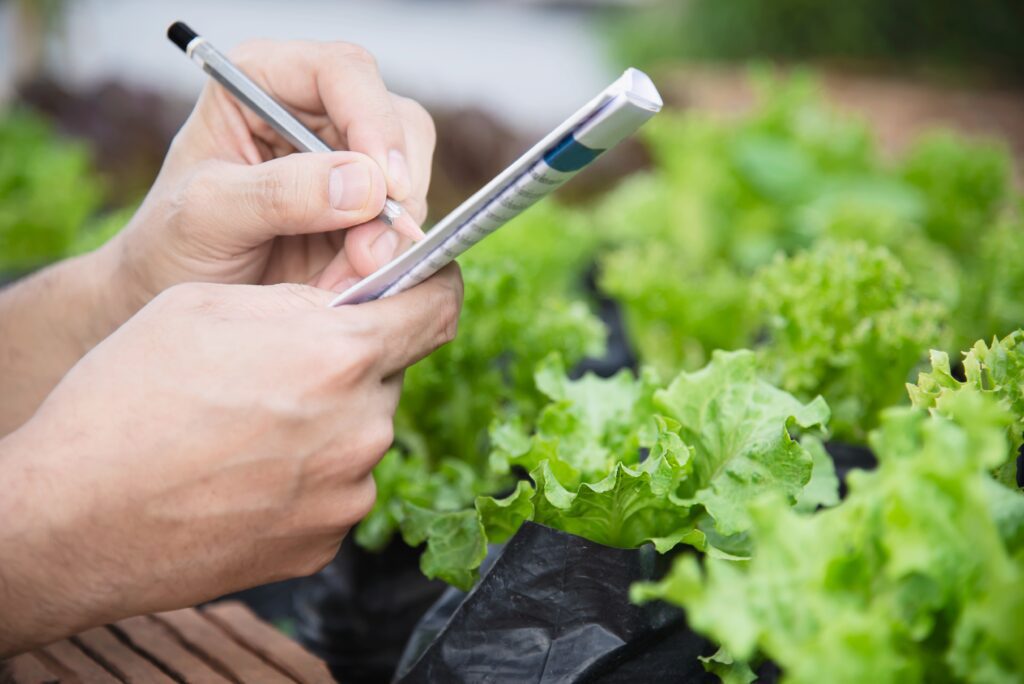
In addition to regular monitoring and adjusting of pH levels, it is also important to periodically flush and replace the nutrient solution in the hydroponic system. This helps to prevent any build-up of salts or other substances that can affect pH levels and nutrient availability. The frequency of flushing will depend on various factors such as the size of the system, the type of plants being grown, and the environmental conditions. Regular maintenance and upkeep of the vertical hydroponic system will ensure optimal pH levels and promote healthy plant growth in arid environments.
• Regular monitoring and adjustment of pH is necessary for optimal nutrient uptake and plant health in a vertical hydroponic system.
• Use a reliable pH meter or pH test kit designed for hydroponic systems to accurately measure pH levels.
• Maintain the pH within a specific range (5.5 to 6.5) depending on the types of plants being grown.
• Monitor pH levels at least once or twice daily to identify any fluctuations.
• Use pH regulators or adjusters specifically formulated for hydroponic systems when adjusting pH levels.
• Follow manufacturer instructions for correct dosage and method of adjustment, making gradual changes rather than sudden adjustments.
• Periodically flush and replace the nutrient solution in the system to prevent the build-up of salts or other substances that can affect pH levels and nutrient availability.
• The frequency of flushing will depend on factors such as system size, plant type, and environmental conditions.
Preventing Algae Growth and Ensuring Cleanliness in Vertical Desert Hydroponics
Algae growth can be a common challenge in vertical desert hydroponics systems. These microscopic organisms thrive in moist and warm environments, making hydroponic systems an ideal breeding ground for them. However, algae can hinder plant growth by competing for nutrients and blocking light absorption. It is vital to prevent algae growth and ensure cleanliness to maintain optimal conditions for plant health and productivity.
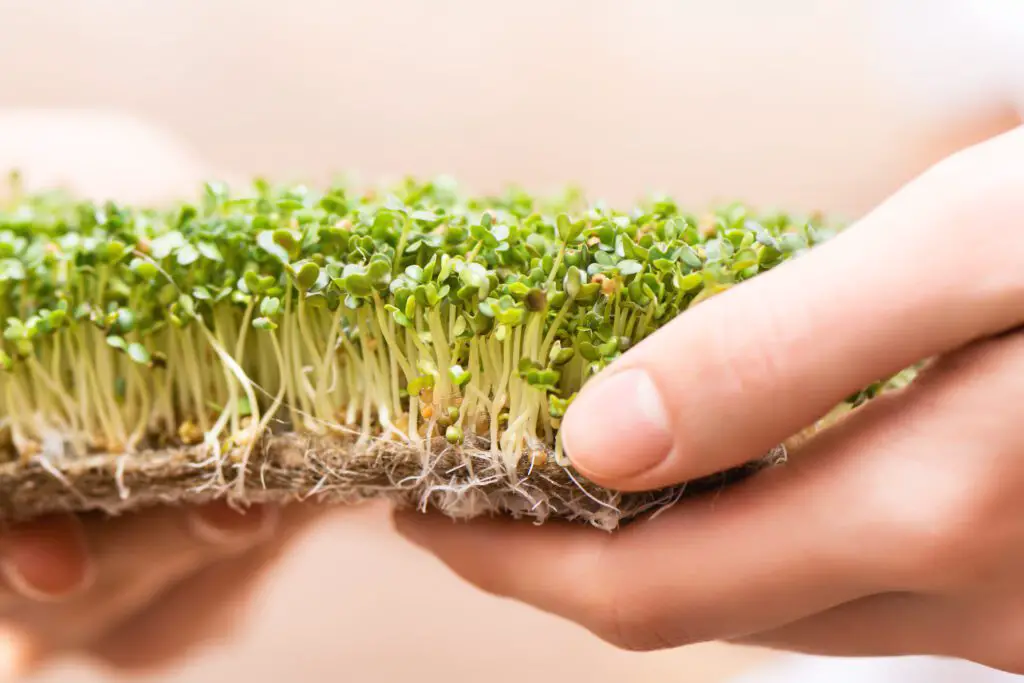
To prevent algae growth, it is crucial to implement strict cleanliness protocols. Regularly clean the hydroponic system to remove any debris or organic matter that may serve as a nutrient source for algae. Use a mild bleach solution or a hydrogen peroxide-based cleaner to disinfect the system and kill any lingering algae spores. Additionally, ensure that all equipment and tools used in the hydroponic system are properly sanitized before use, as they can introduce algae spores if not cleaned thoroughly. Maintaining a clean and sterile environment can significantly reduce the risk of algae growth, promoting healthy plant growth and productivity in vertical desert hydroponics systems.
• Regularly clean the hydroponic system to remove debris and organic matter
• Use a mild bleach solution or hydrogen peroxide-based cleaner to disinfect the system
• Sanitize all equipment and tools used in the hydroponic system before use
• Maintain a clean and sterile environment to reduce the risk of algae growth
• Promote healthy plant growth and productivity by preventing algae competition for nutrients and light absorption
Harvesting and Pruning
Harvesting and pruning are two crucial practices in maintaining the health and productivity of a vertical hydroponic system in arid environments. When it comes to harvesting, timing is everything. As the plants reach their peak maturity, it is important to ensure that they are harvested at the right time to maximize the flavor, texture, and nutritional value of the produce. For instance, tomatoes should be harvested when they are fully ripened on the vine to achieve the best taste. On the other hand, leafy greens, such as lettuce and spinach, should be harvested when they are young and tender for a more delicate and enjoyable eating experience.
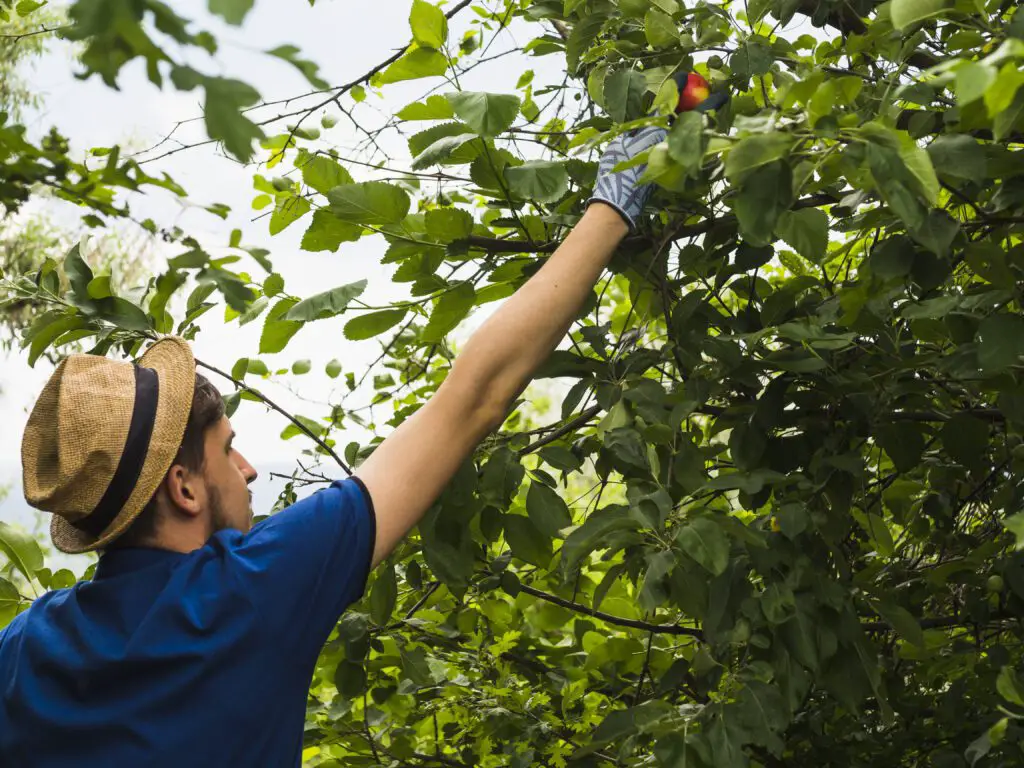
Pruning, on the other hand, involves the selective removal of certain parts of the plant to promote healthy growth and prevent overcrowding. By removing any dead or diseased leaves, stems, or branches, you can prevent the spread of diseases and pests, allowing more nutrients and sunlight to reach the remaining parts of the plant. Pruning can also help shape the plant and control its height, particularly in vertical hydroponic systems where space is limited. Additionally, by removing any excessive foliage, you can improve air circulation within the system, reducing the risk of fungal infections and promoting overall plant health.
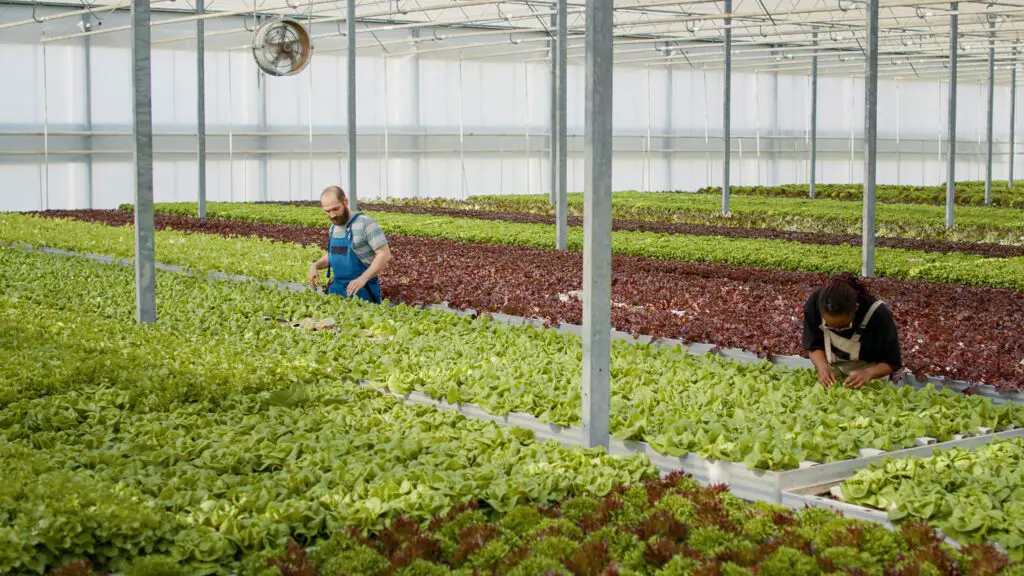
In conclusion, both harvesting and pruning play essential roles in maintaining a vertical hydroponic system in arid environments. By harvesting at the right time and pruning to promote healthy growth, you can ensure that your plants thrive and produce high-quality yields. These practices, when combined with other necessary maintenance tasks, contribute to the success of your vertical desert hydroponics endeavor.
• Harvesting at the right time maximizes flavor, texture, and nutritional value
• Tomatoes should be harvested when fully ripened on the vine for the best taste
• Leafy greens like lettuce and spinach should be harvested young and tender for a delicate eating experience
• Pruning involves removing dead or diseased parts of the plant
• Prevents the spread of diseases and pests while allowing more nutrients and sunlight to reach the remaining parts
• Helps shape plants and control height in limited space vertical hydroponic systems
• Removing excessive foliage improves air circulation within the system
• Reduces risk of fungal infections and promotes overall plant health
In conclusion:
– Harvesting at the right time ensures high-quality yields
– Pruning promotes healthy growth, prevents disease spread, and controls plant height
– These practices contribute to success in maintaining a vertical desert hydroponic system.
How often should pH levels be monitored in a vertical hydroponic system in arid environments?
It is recommended to monitor pH levels daily to ensure the optimal growth of plants in a vertical hydroponic system in arid environments.
What is the ideal pH range for a vertical hydroponic system in arid environments?
The ideal pH range for a vertical hydroponic system in arid environments is typically between 5.5 and 6.5.
How can algae growth be prevented in a vertical desert hydroponics system?
To prevent algae growth in a vertical desert hydroponics system, it is important to regularly clean and sanitize the system, avoid excessive exposure to sunlight, and ensure proper circulation and filtration of the nutrient solution.
What can be used to ensure cleanliness in a vertical desert hydroponics system?
To ensure cleanliness in a vertical desert hydroponics system, it is recommended to use disinfectants or sanitizing solutions specifically designed for hydroponic systems, and regularly clean and sanitize all components of the system.
When is the ideal time to harvest plants in a vertical hydroponic system?
The ideal time to harvest plants in a vertical hydroponic system depends on the specific plant and its growth cycle. Generally, plants are harvested when they have reached the desired level of maturity and are ready for consumption or further processing.
How should pruning be carried out in a vertical hydroponic system?
Pruning in a vertical hydroponic system should be carried out by removing any dead or diseased plant parts, as well as trimming excessive growth to maintain the optimal shape and size of the plants. It is important to use clean and sharp tools to avoid damaging the plants.

Kanike Sreekanth, a prolific writer at SouthElMonteHydroponics, brings a unique blend of creativity and scientific rigor to the table. With a degree in Horticulture from a prestigious institution, Kanike’s expertise spans hydroponic farming, plant biology, and agricultural sustainability. Their passion for exploring innovative cultivation methods and promoting environmental stewardship drives them to uncover new insights in the realm of hydroponics. Kanike’s writing serves as a conduit for sharing their knowledge and inspiring others to embrace alternative farming practices for a more sustainable future.

